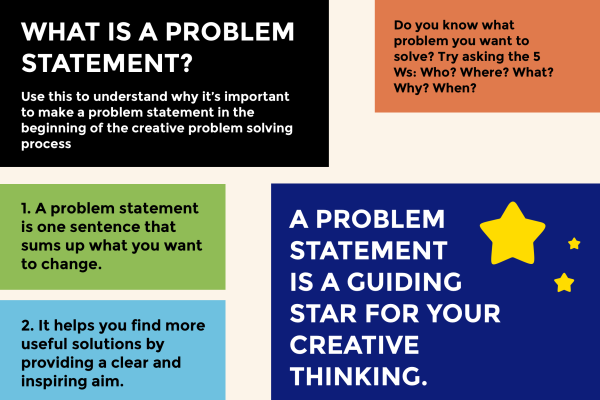
How to make better group decision with Dot voting
Francesco Marcatto12 Jul 17
Table of contents
Dot voting is a democratic way of making decisions in a small group. You get to see everybody’s opinion and it can help avoid groupthink. It’s fast, easy and is used by many professional facilitators all over the world, including the Google Ventures team, as described in their 5-day design sprint book.
So, the next time you have to do a quick group decision, why don’t you try the dot voting method? Here’s how:
Tutorial
Materials:
- Sticky notes
- A big surface (such as a wall, whiteboard or table)
- Some dot stickers, or coloured markers
Or
- Do it online, using the free tool Decido.
Setting up:
Write each option on a different sticky note and place them randomly on the surface. You could be deciding which design idea to focus on for your sprint or what tone of voice you want for your brand. Give each participant the same number of dot stickers (or allow them to draw the same number of dots with the coloured markers).
For example, if you had 12 options, you might give 5 dot stickers to each participant. This is a good rule of thumb to follow and you can adjust it when you become more experienced:

Rules:
- Each participant votes by placing their sticky dots on the options they prefer.
- Participants can place more than one vote on an option.
- When all participants have voted, all the options will be prioritised and you can make a transparent decision.
Why is dot-voting better than other voting/selection methods?
Dot voting is easier than some other voting methods, such as ranking where you arrange all the ideas in order of preference. It’s less cognitively demanding because you are not required to give a comparative judgment of each option. At the same time, it’s more flexible than a single vote method, because you can split your votes into multiple options. It’s a happy medium!
How many options should we include?
Too many options can lead to choice overload and hinder our decision-making processes, so try to keep the number of alternatives to 7 or less and avoid having more than a dozen options.
People tend to copy each other when voting. What can we do to avoid this problem?
Other people’s behaviour can, consciously or unconsciously, influence our own behaviour and choices. The effects of social influence are well known and documented in studies of psychology.
One thing you could do is ask people to silently decide, and even note down, their votes before anyone votes. Then when everyone votes together, you’ve already decided and are less likely to be swayed.
The best way is to get people to commit to their decision before they see anyone else's votes. You can do this easily using an online dot voting tool such as Decido, where you only see the results after you’ve voted.
How can I run a better dot voting session?
First, frame what you need to decide well. Are the decision criteria clear for everybody? For example, are you voting simply for the option that we ‘like’ more? for the one that we think it’s more original? for the one that’s more feasible? Be sure that everybody is tuned on the same wavelength.
Second, check that you don't have any options that might split the vote. This can happen when you have two very similar ideas. For example, if we're deciding what to focus our marketing budget on and we end up with these results:
- Social media: 2 dots
- Public relations (PR): 3 dots
- Facebook and Twitter: 2 dots
At a glance, you might think 'PR' had the most votes, it has 3 dots, but 'Facebook and Twitter' is really a subset of 'Social media', so the total number of votes preferring to go for social networks was 4.
Try to avoid this by combining similar options!
Good luck and let us know how you're dot voting session goes, whether it's manual or digital.
Additional resources
We have a short reference card you can print about dot voting.
<a href="http://www.freepik.com/free-photos-vectors/business">Business image created by Peoplecreations - Freepik.com</a>







